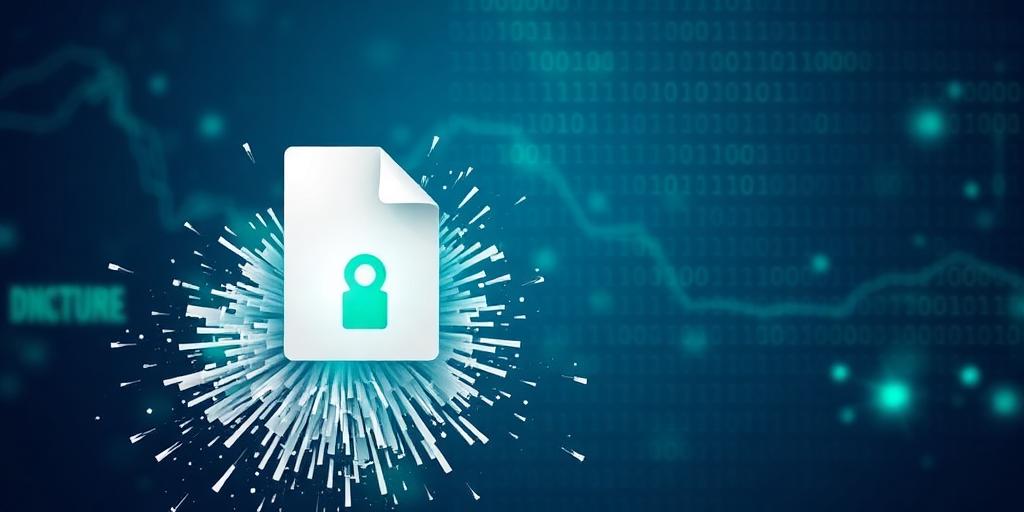In today's digital age, data security is paramount. We often think about protecting our data from unauthorized access, but what about when we want to permanently delete it? Simply dragging files to the recycle bin or using the 'delete' key doesn't guarantee complete removal. This article explores secure file deletion methods to ensure your erased data stays erased.
Why Standard Deletion Isn't Enough
When you delete a file using standard methods, the operating system typically removes the file's entry from the file system table. The data itself remains on the storage medium (HDD or SSD), and the space it occupied is marked as available. Until new data overwrites that space, the original file can be recovered using data recovery software. This poses a significant risk if you're dealing with sensitive information.
Methods for Secure File Deletion
Secure file deletion involves overwriting the data multiple times with random characters, making it virtually impossible to recover. Here are some common methods:
File Shredding Software: These programs are designed to overwrite files with patterns of data. Reputable tools offer multiple overwriting algorithms, such as:
- Gutmann method: Overwrites the data 35 times.
- DoD 5220.22-M: A U.S. Department of Defense standard that involves overwriting the data seven times.
- Random Data: Overwrites the data with random characters, typically multiple passes.
Popular file shredding tools include Eraser (Windows), BleachBit (cross-platform), and Permanent Eraser (macOS).
Disk Wiping: For deleting all data on a storage device, disk wiping is the most thorough approach. This involves overwriting every sector of the drive, including the operating system, applications, and personal files. This is typically used when disposing of a computer or hard drive. DBAN (Darik's Boot and Nuke) is a well-known disk wiping tool.
Operating System Built-in Tools: Some operating systems offer built-in secure deletion features. For example, macOS has a 'Secure Empty Trash' option (though it has been removed in newer versions, third-party tools are still available). Windows doesn't have a built-in secure delete feature, relying on third-party software.
SSD Considerations
Securely deleting data from Solid State Drives (SSDs) requires different techniques than traditional Hard Disk Drives (HDDs). SSDs use wear leveling, which distributes writes across the drive to prolong its lifespan. This makes it difficult to target specific sectors for overwriting. The best approach for SSDs is to use the drive's built-in secure erase function, often accessible through the BIOS or using manufacturer-provided software. These functions use the ATA Secure Erase command, which resets the drive to its factory state.
Best Practices for Secure Deletion
- Determine the Sensitivity of the Data: Consider the risk level associated with the data. Highly sensitive information warrants more thorough deletion methods.
- Choose the Right Tool: Select file shredding or disk wiping software from reputable sources. Read reviews and ensure the tool uses secure overwriting algorithms.
- Regularly Wipe Free Space: Over time, deleted files can leave traces in the free space of your hard drive. Regularly wiping the free space can help prevent data recovery.
- Physical Destruction (as a Last Resort): For extremely sensitive data, physically destroying the storage device is the most secure option. This can involve shredding, crushing, or degaussing the drive.
Conclusion
Secure file deletion is an essential practice for protecting your privacy and security. By understanding the limitations of standard deletion methods and utilizing appropriate tools and techniques, you can ensure that your erased data remains permanently inaccessible. Whether you're disposing of old computers, handling sensitive information, or simply wanting to maintain your privacy, secure file deletion is a critical component of responsible data management.









